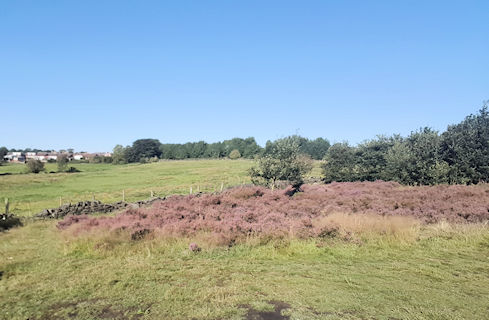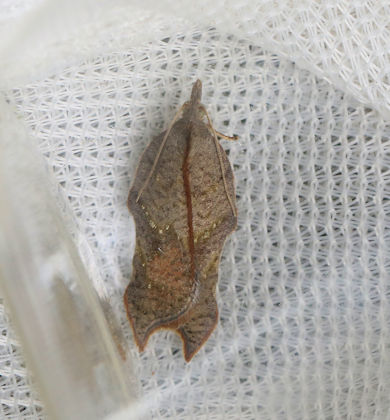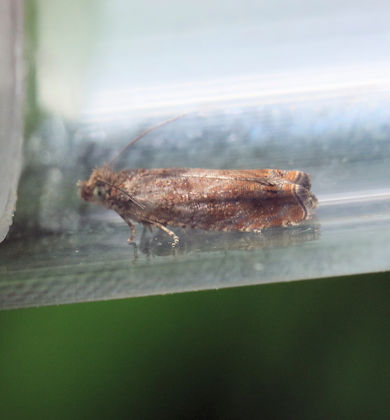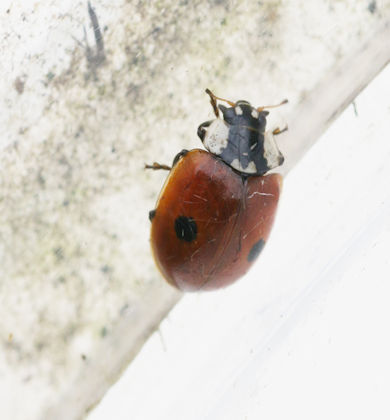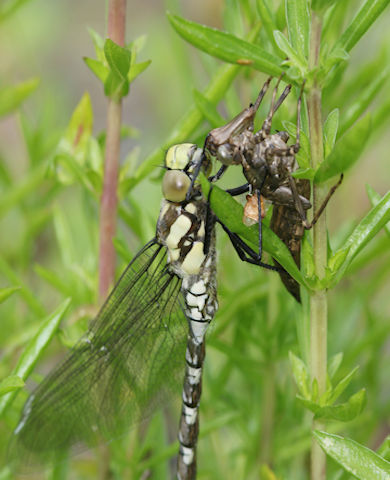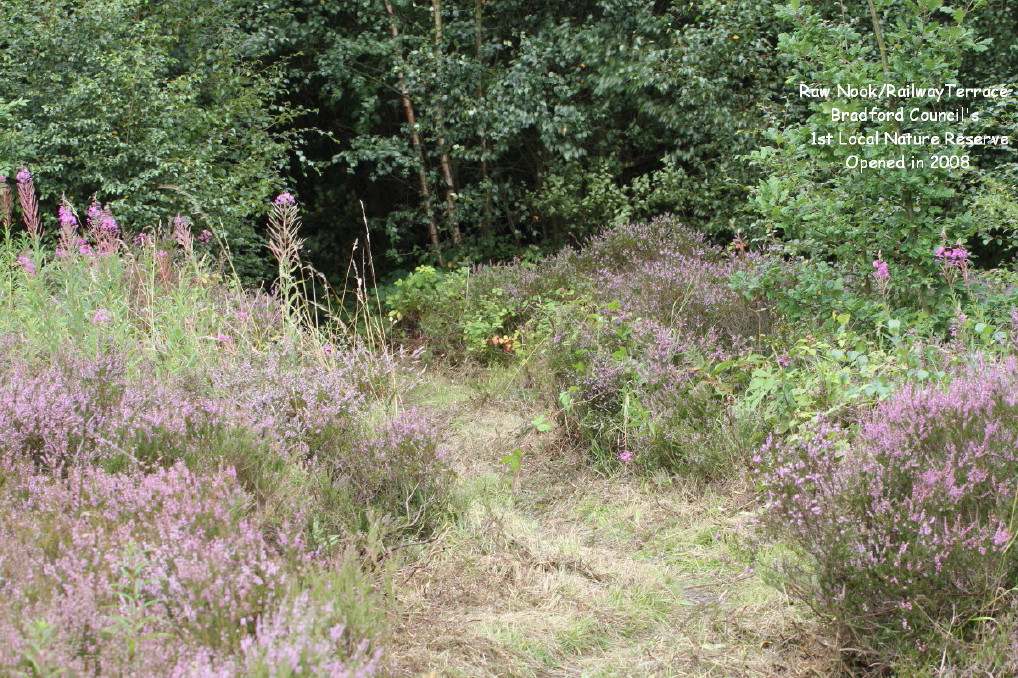Yesterday I had I received some interesting news from someone who regularly visit Low Moor Banks. They told me that they had a conversation with someone at the site who stated he had seen a Barn Owl sitting on a fence post in the Low Moor Banks area. Now this site with it’s open grasslands must hold a good population of mice/voles which would provide a feeding area. Also about 5 years ago I saw a Barn owl early evening at Tong. So it could be feasible that a pair maybe somewhere in the south Bradford area.
If anyone has any sightings of Barn owl in south Bradford please could you please let me know. Thank you
Goldfinches must have had an excellent breeding year as I am recording some excellent counts of the species as they pass through our area. To date I have recorded 1,647 birds whereas last year 949 were recorded up to the 20/9.
A Common Whitethroat passed through Caldene fields 13/9 and two early Brambling moved S with a Song Thrush on the 19/9.
A female Common Darter and 5 Speckled Wood butterflies were at Raw Nook NR 19/9
